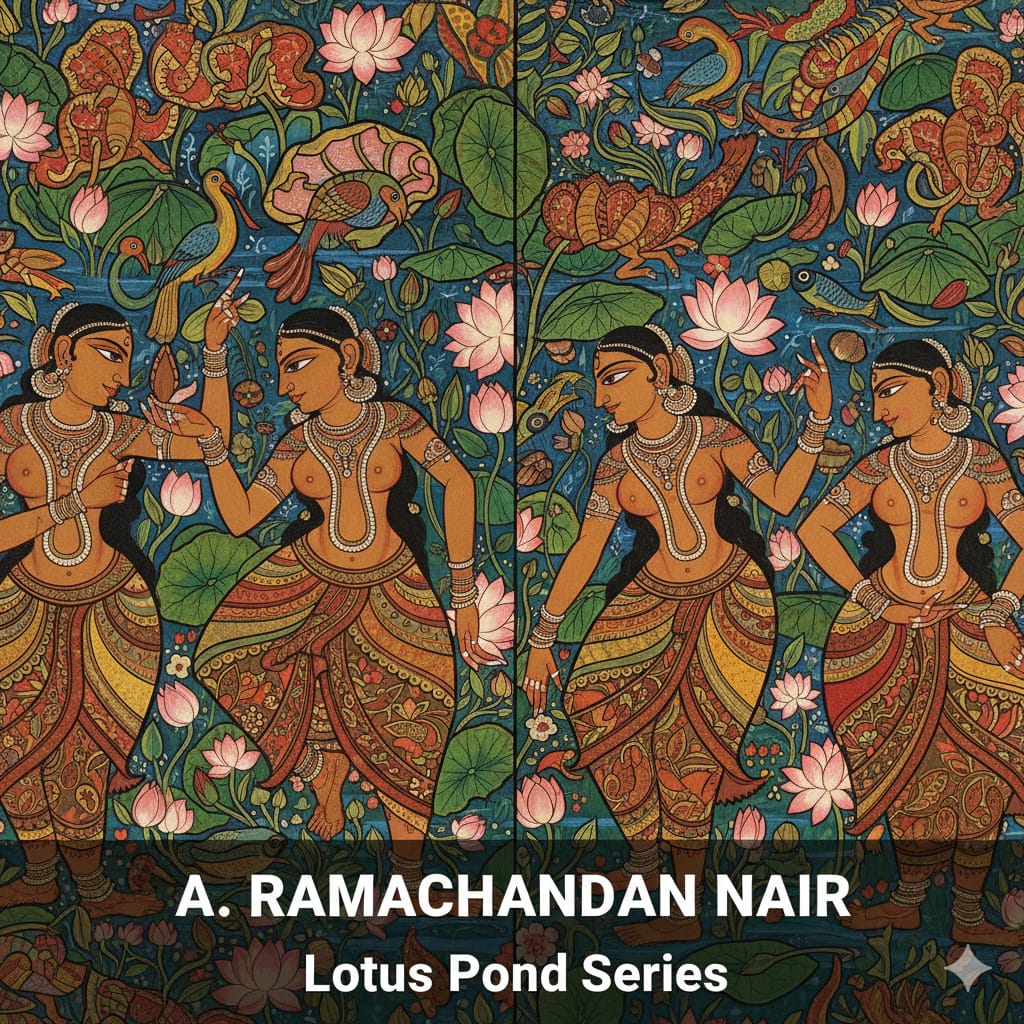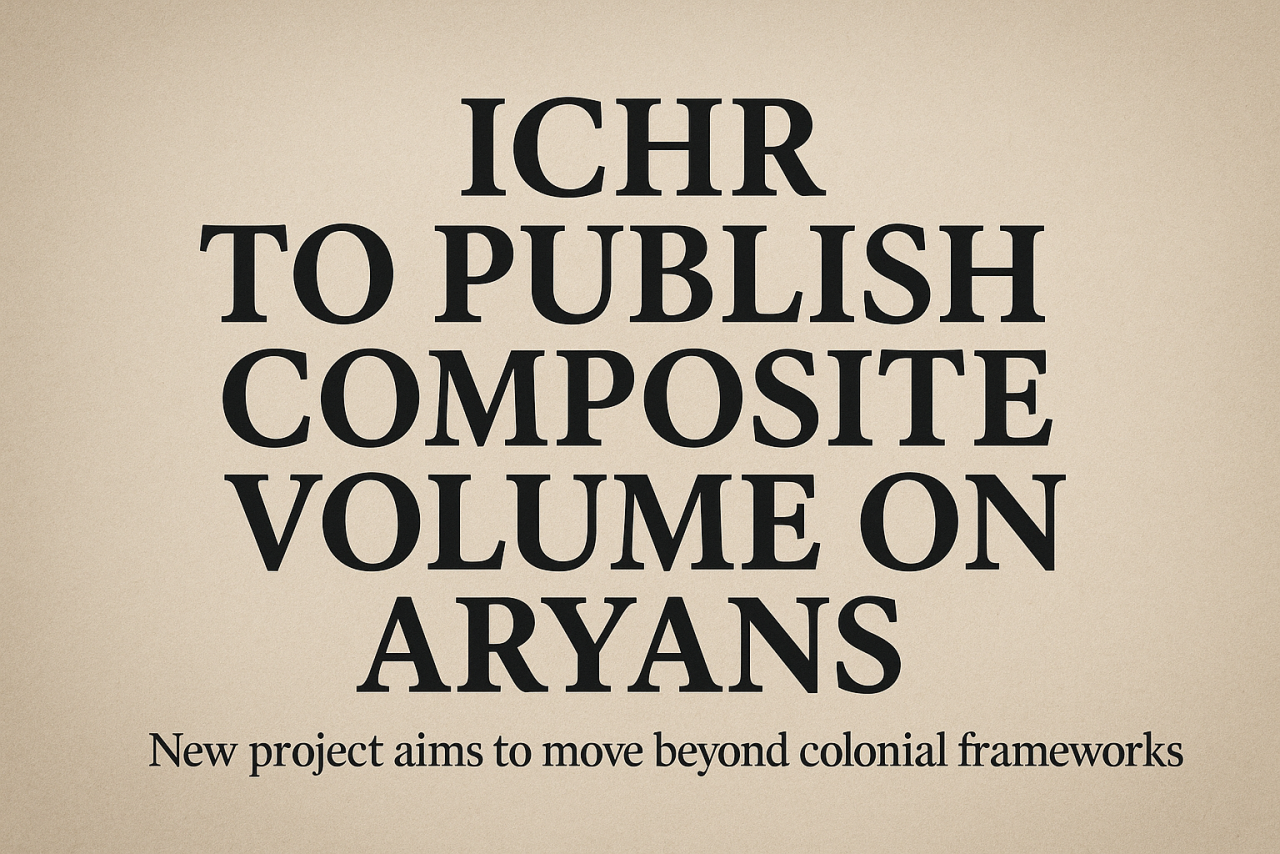
The artistic vision of Achutan Ramachandran Nair, a titan of Indian modernism, has culminated in a long-awaited homecoming. More than fifty years after he first conceived the idea with his artist wife, Tan Chameli, a museum dedicated to his life and prodigious output is set to open its doors to the public in Kollam, Kerala. Housed within a complex established by the state government, the Ramachandran Museum, under the guidance of the Kerala Lalit Kala Akademi, is not merely a gallery, but a profound testimonial to a career spanning six decades and a lifelong commitment to art that transcends mere strokes of pigment.
Ramachandran’s journey was one of remarkable transformation, both personal and artistic. Born in Attingal, Kerala, he began his academic life steeped in Malayalam literature, yet his true calling led him to Santiniketan’s Kala Bhavana, where he studied under masters like Ramkinkar Baij and Benode Behari Mukherjee. This foundation in art and a subsequent doctoral thesis on the mural paintings of Kerala’s temples would become the twin pillars supporting his stylistic evolution.
Initially, his work was powerfully expressive, marked by a sense of social consciousness and the angst of a generation grappling with the rapid urbanization of the time. His early paintings, often vast and mural like, featured dark, tortured figures reflecting the raw human condition he witnessed, particularly after visits to Kolkata.
A decisive shift occurred in the late 1970s and early 1980s. Ramachandran, seeking a new vocabulary, found profound inspiration in the rich cultural legacy of India and a particular affinity for the Bhil tribal community near Udaipur, Rajasthan. The austere, brooding palette of his earlier years gave way to a dazzling explosion of colour and life. His canvases became vibrant narratives, steeped in the iconography of Indian myth and folklore. This period saw the creation of his most celebrated works, including the monumental "Yayati" mural and the breathtaking series of "Lotus Ponds" canvases, four of which will be on view at the museum. These works exemplify his command over line, form, and his synthesis of classical Indian aesthetics with modernist sensibilities, resulting in a unique visual drama of teeming, buoyant life.
The collection on display at the Ramachandran Museum is a comprehensive overview of this rich and varied career. It features twelve oil paintings, including the four Lotus Ponds masterworks, and a selection of his bronze and terracota sculptures. Visitors will also encounter a fascinating range of works that illuminate the artist’s expansive creative pursuits outside his major paintings. These include original illustrations from the numerous children’s books he wrote and illustrated, both for Indian and international publishers like Sanyu-Sha, Japan, and Thomson Press, India. Further showcasing his versatility are rare ceramic experiments, stamp designs he created, and his lifelong passion for collecting, evident in the inclusion of his Rajasthani miniatures and Raja Ravi Varma oil paintings. The museum’s emblem, derived from his 2002 oil on canvas, Song of the Simbul Tree, encapsulates the celebratory spirit of his later work.
Ramachandran’s wife, the Chinese-Indian artist Tan Chameli, a former student at Santiniketan and an accomplished painter in her own right, was central to his life and work. Their marriage in 1967 and their shared artistic journey, which spanned decades, is an integral part of his story. As Chameli once noted in a conversation, Ramachandran’s early, more turbulent work gave way to a focus on the beauty and necessary joy in his surroundings after a serious health concern. "He told me that I had been very important for my creative life, so it was necessary to have my works there too," she remarked, acknowledging the deeply personal connection woven into the museum’s fabric. A few of her watercolours will also be featured in the inaugural display.
The establishment of this museum, long an aspiration for the Kerala born artist who spent the majority of his career as a professor in Delhi, is a significant cultural event. It marks a formal 'homecoming' and a permanent acknowledgement of his profound contribution to the arts in his native state and beyond. Though Ramachandran passed away in February 2024, at the age of 88, his legacy continues to inspire. The Ramachandran Museum is poised to become an important hub for art appreciation and education, a place where his vast, colourful universe of forms, from the monumental to the miniature, can continue to teach generations about the enduring power of art.





















